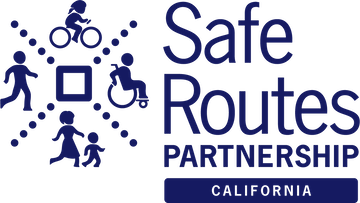In recent months, the Safe Routes Partnership has solicited input from constituents throughout California about the potential impact of SB 328, which would require middle and high schools to start no earlier than 8:30 a.m. We received input from stakeholders on all sides of the legislation and have done some careful research and consideration of the issues.
We are convinced that the need for later start times for teenagers is important due to their biological sleep patterns, and the wide-ranging, well-researched benefits. Several studies have identified improved attendance, better academic performance, lower rates of depression, fewer risky behaviors, and even lower crash rates among teen drivers once later start times are implemented at high schools. From a safety perspective, later start times mean more students will be able to walk and bike in daylight, which improves traffic safety and personal safety.
However, we are concerned that these benefits could come at the expense of younger students, as elementary school start times are not addressed at all in SB 328. As school districts across the country have implemented later start times for middle and high schools, some have chosen to “flip” start times so that elementary schools then start at the earliest time slot with middle and high schools at the latest. This solution is often touted by proponents of later start times for middle and high schools as a way of limiting the financial impact of the change, as no additional buses are needed.
Starting elementary school days earlier means that young children may be walking and biking to school and walking to bus stops when it is dark outside for a good portion of the school year. Lack of lighting is a significant risk factor for the safety of people walking and biking to school or even to the bus stop, and it is exacerbated for smaller children that are harder for drivers to see. In more rural districts, distances are greater, which could mean children walking in the dark for longer distances along rural roads lacking sidewalks. Darkness is also a personal safety risk. There is also very little research on the impact of earlier start times on elementary school children, although two studies examining start time changes in Kentucky seem to indicate that earlier start times can be a challenge for elementary students as well. More research is clearly needed to understand the relationship between start times and elementary school safety and performance—particularly on the impacts for low-income children and families.
Because of our concerns regarding younger children, we support SB328 if amended to add a waiver of the required start time changes if the school district can demonstrate traffic safety will be significantly harmed by changing start times. We believe this waiver process will allow start time changes to move forward in most districts, while also providing school districts where circumstances warrant with an option to protect the safety of the children they serve. We also support the addition of an amendment to evaluate the health and safety impact of the changes on elementary school students as well as middle and high school students.


